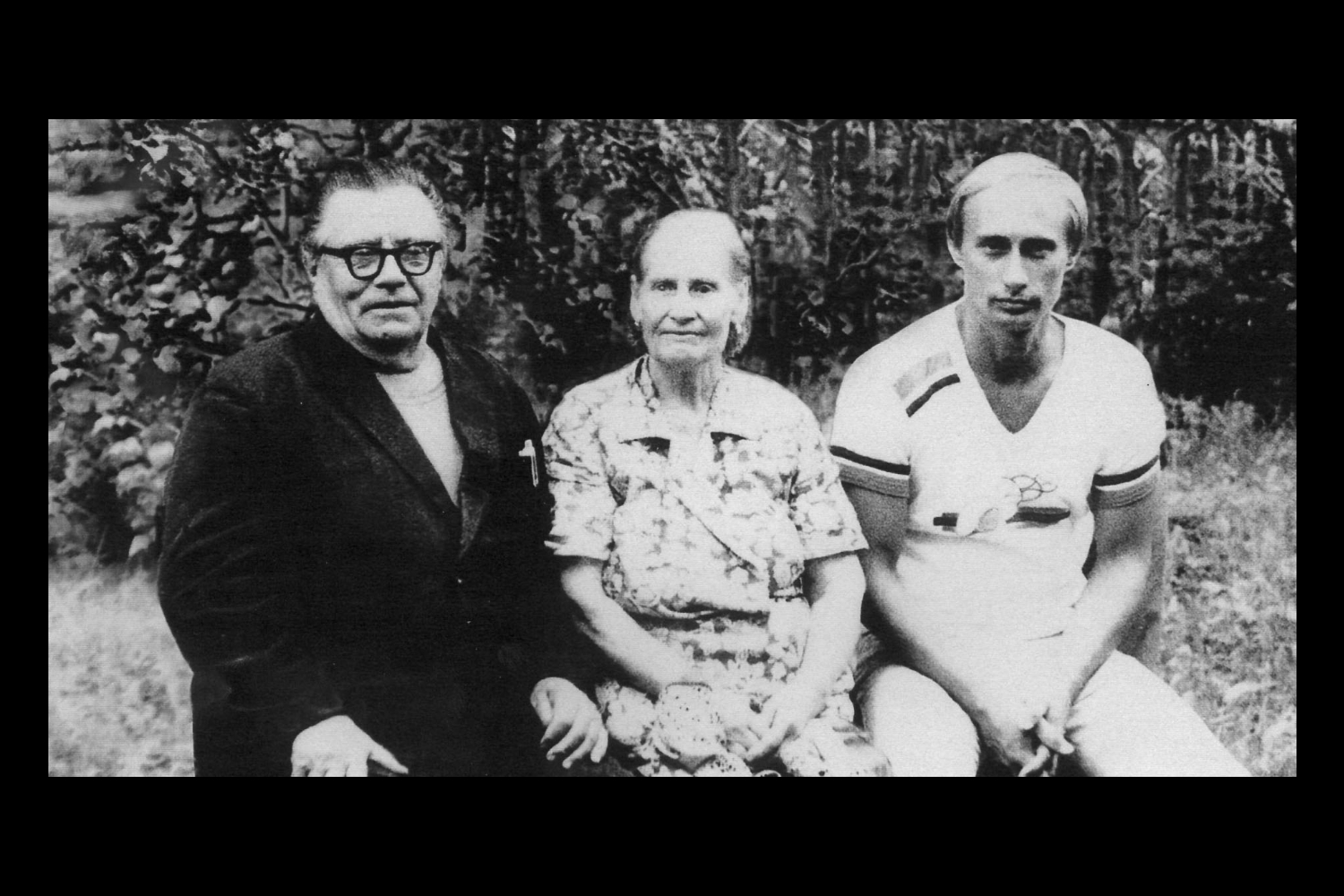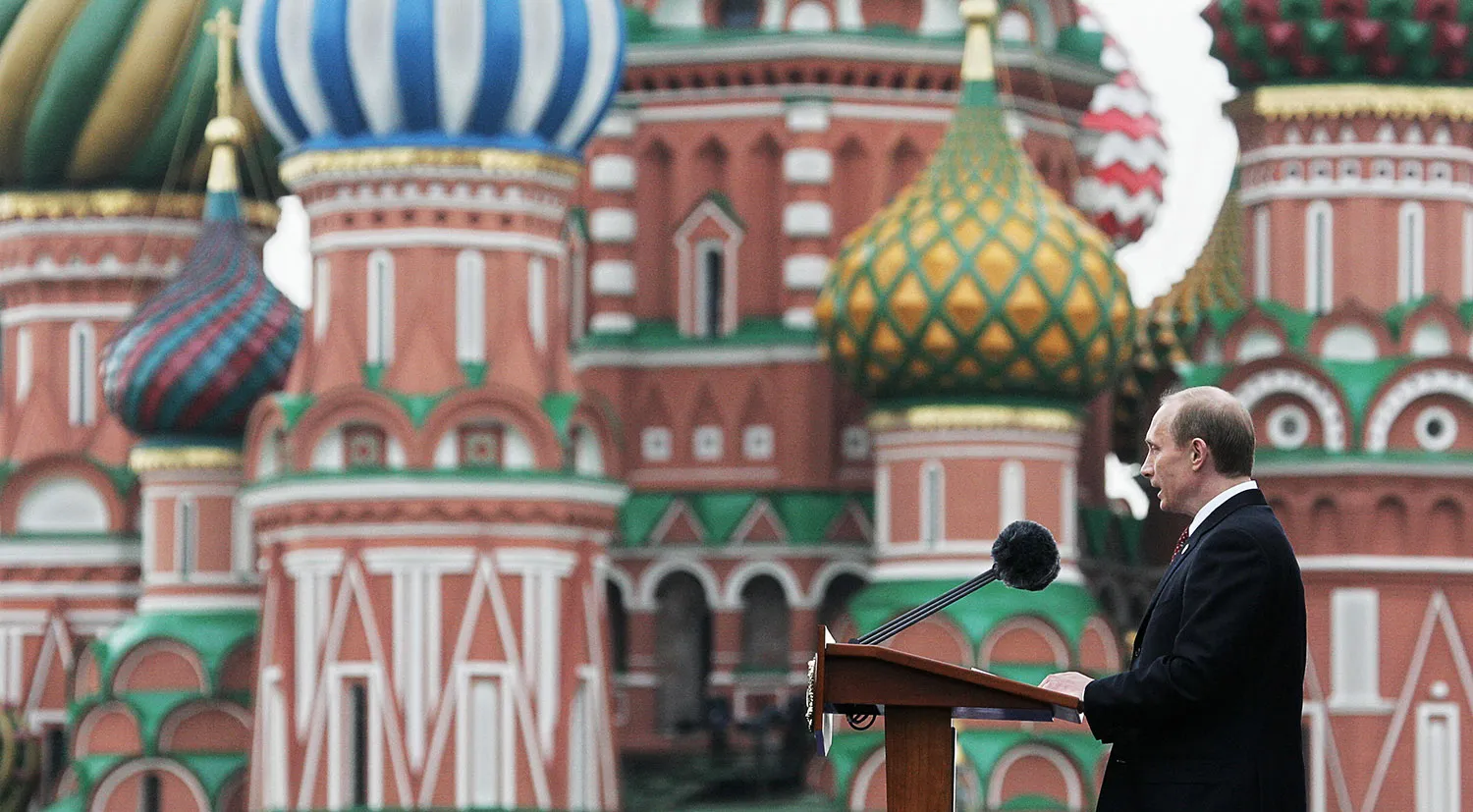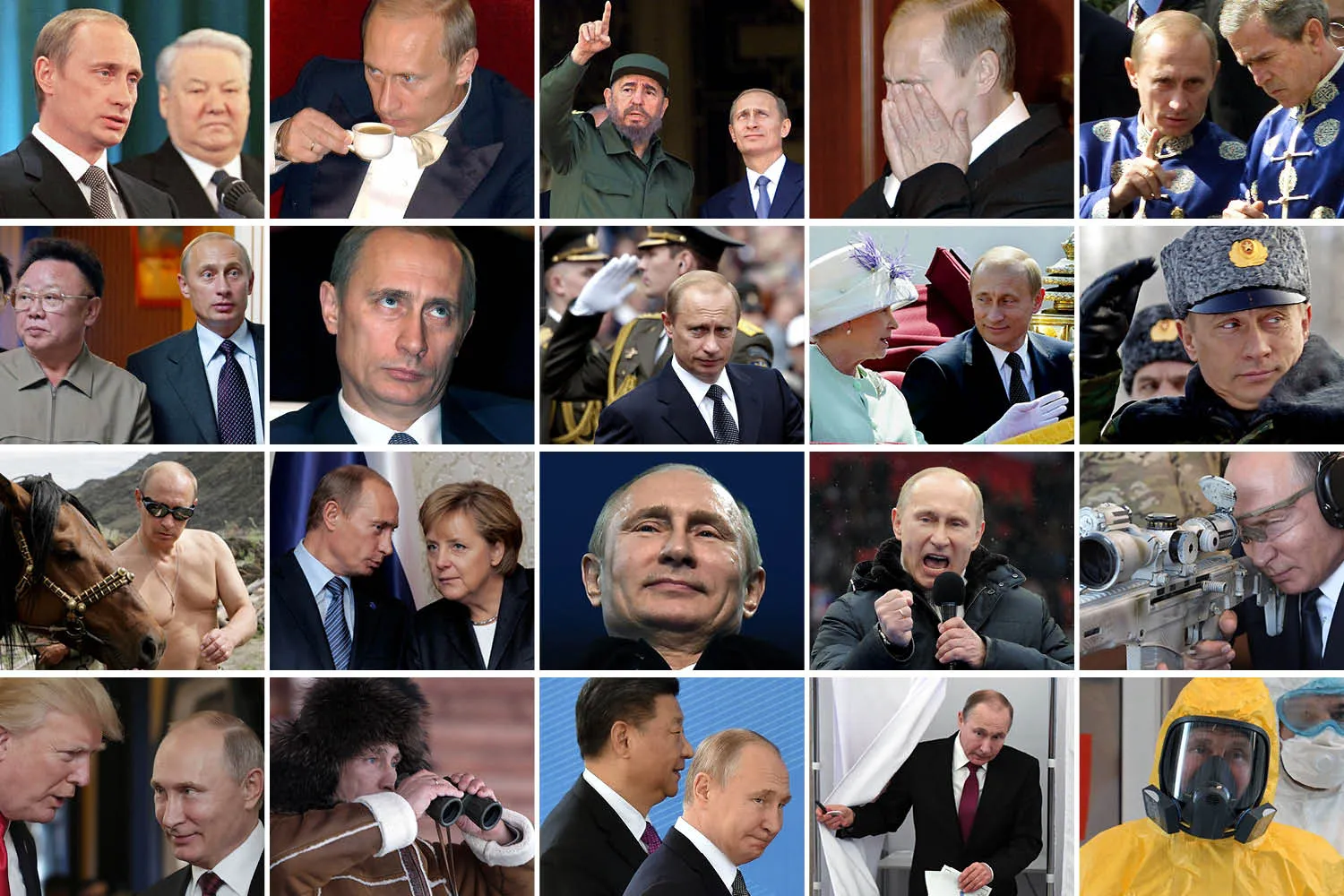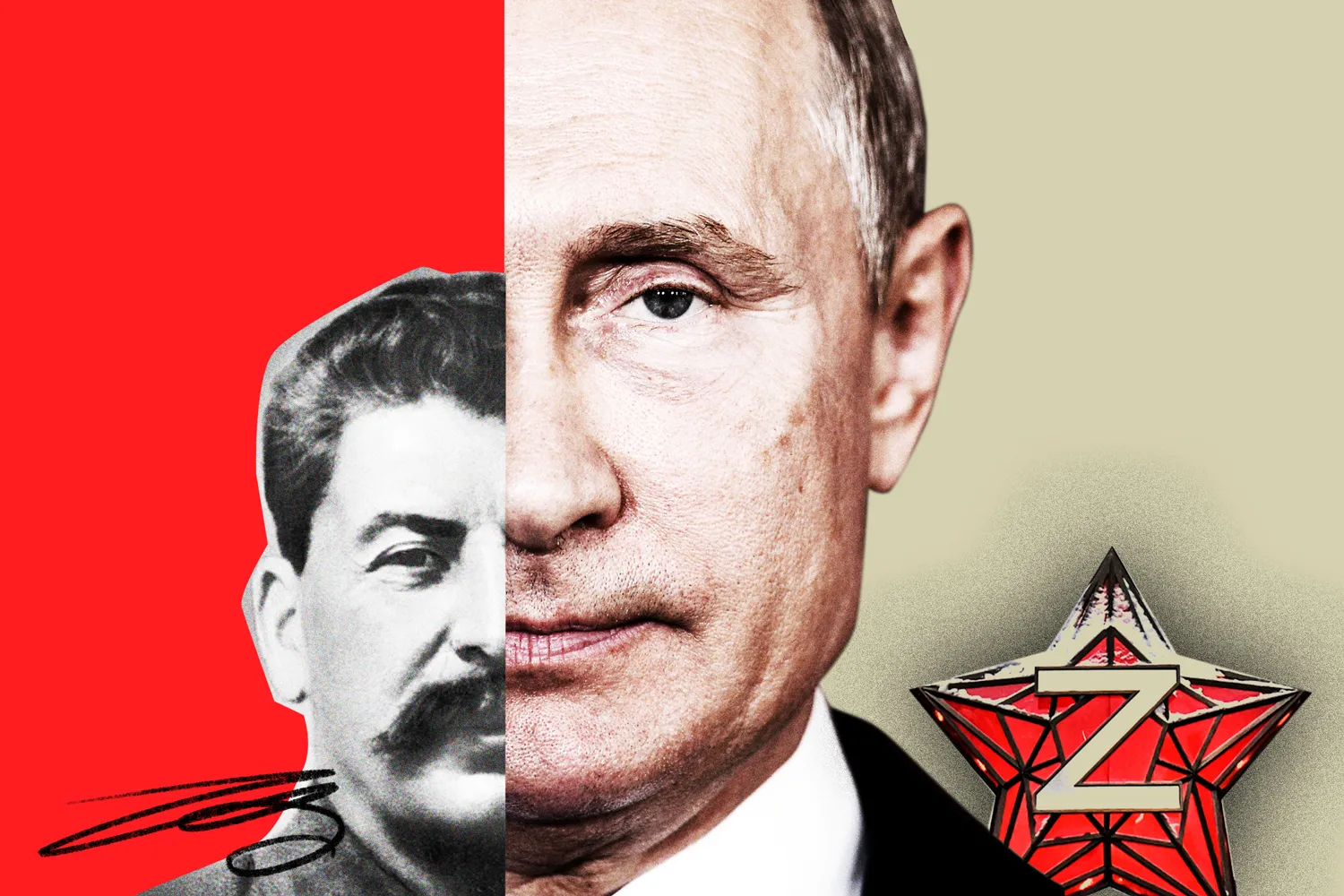When Russian President Vladimir Putin was sworn in for his first term on May 7, 2000, few analysts could have predicted that the 47-year-old democratically elected leader would one day seize control of the Russian state and remake Moscow into a revanchist power.
“[I]f you had asked me or basically anyone whether Vladimir Putin would become the longest-serving Russian leader since Joseph Stalin, the response would have likely been either incredulous silence or uproarious laughter,” Susan B. Glasser, FP’s former editor in chief, wrote in 2020. “Putin’s main qualifications for the job … were that he was: young, articulate, and, literally, sober.”
Twenty-five years on, as Putin continues to consolidate control at home and prolong the war in Ukraine, we wanted to reflect on his reign. Below, you’ll find some of our best essays on what drives Putin, how he transformed Russia, and where he fits into the arc of Russian history.

How Putin Learned to Hold Deadly Grudges
Russia’s president has been shaped by decades of bitterness and revenge, William Taubman writes.

The Intellectual Catastrophe of Vladimir Putin
The meaning of Russia’s war in Ukraine is its own national weakness, Paul Berman writes.

How Putin Changed Russia Forever
In 2020, 11 leading experts looked back at his reign and predicted what the future may bring.

How Aleksandr Solzhenitsyn Became Putin’s Spiritual Guru
Casey Michel tells the strange story of a global literary hero who went on to inspire Russia’s war on Ukraine.

Russia Is Back to the Stalinist Future
With a Soviet-style election, Putin’s Russia has come full circle, Adrian Karatnycky writes.
The post How Putin Transformed Russia appeared first on Foreign Policy.




